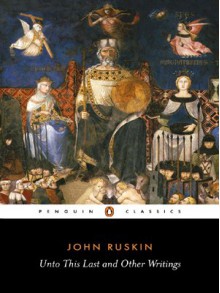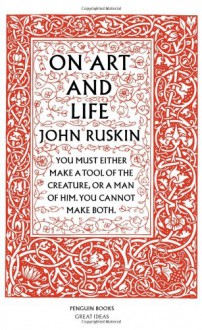 What is one to make of the book-as-artifact?
What is one to make of the book-as-artifact?
Since it is usually discussed regarding the superiority/eventual triumph of eBooks, I try to keep to practical considerations and try to avoid getting too sentimental about the book as an object, but the truth is I love books almost as much as I love reading. When I worked at a used book shop I enjoyed flipping through the volumes and finding boarding passes, pictures, postcards, and ephemera from any number of locations and events.
I write my names in the back of all my books and I enjoy the thought of the book telling a story. There is the copy of The Snow Leopard I was given by an ex-girlfriend who was not nearly as impressed as I was, a paperback Vampires in The Lemon Grove that I leant to a friend before I finished it and now resides somewhere in her apartment, or the copy of NW that had come damaged and that I appropriated even with the front cover torn off. Though I joke around about people disrespecting books, I love to find old dog ears and underlined passages—it is really best if you keep this to your own books and spare those of the school or library.
I was recently enjoying a day free of commitment and went for a stroll through Center City. I headed toward a place I had heard of during the Bloomsday celebrations. The Rosenbach Museum and Library, a modest place tucked among the row houses near Philadelphia’s Rittenhouse Square, is the home to Joyce’s manuscript for Ulysses as well as a first edition copy. That is what brought me. They had an exhibit held over from Bloomsday about the Shakespearean influences on Joyce. That is the kind of thing I go for. Now you know why I have a blog on books.
The Rosenbach isn’t very large, there are three exhibit rooms, but their collection definitely makes it a cool stop. They have Maurice Sendak’s papers as well as a mural he painted in a friend’s home in one exhibit and the delightfully morbid collection of early American children’s books in another. The tours are the most interesting thing though. The free tours take you through the brothers’ house, not particularly compelling but certainly nice, then you get to the Library. Here are Joyce’s manuscript pages on display, here are Joseph Conrad’s papers, a first English edition of Don Quixote, John Ruskin, letters of Lewis Carroll, Dylan Thomas’s manuscript for Under Milk Wood, and more. There are some 400,000 volumes in all.
Marianne Moore’s papers are there too, also her living room. The whole room. Recreated and arranged just as it was in her East Village Apartment.
I went on a second tour. The hands-on tour gets you access to some of these materials in a guided presentation by the librarian. I hopped on to the hands-on tour of Bram Stoker’s Dracula. The librarian talks about interesting features about the story behind the story. Bram Stoker’s terrible handwriting for instance, little drawings, reading notes from his research—mercifully typed.
There is something particularly appealing to writers in this experience. It brings things closer to life. Even biographies and apocryphal stories have plots, they are selling you a story, but the notes, the manuscripts, they are just chaotic enough to be real. Stoker was as methodical as anyone in his research, but then there are notes with a shaky outline of a castle, a phrase or two, something about a character that never makes the story, something about three characters that kind of merge into one in the final draft.
I think there is still something to be taken by passing a day considering art and books. It has an effect on us that is more than just clicking through images, it is a communal experience. The small museums especially are great for talking with intelligent, interested people. It was a day outside of the apartment, outside of myself.


 Log in with Facebook
Log in with Facebook 
 What is one to make of the book-as-artifact?
What is one to make of the book-as-artifact?






